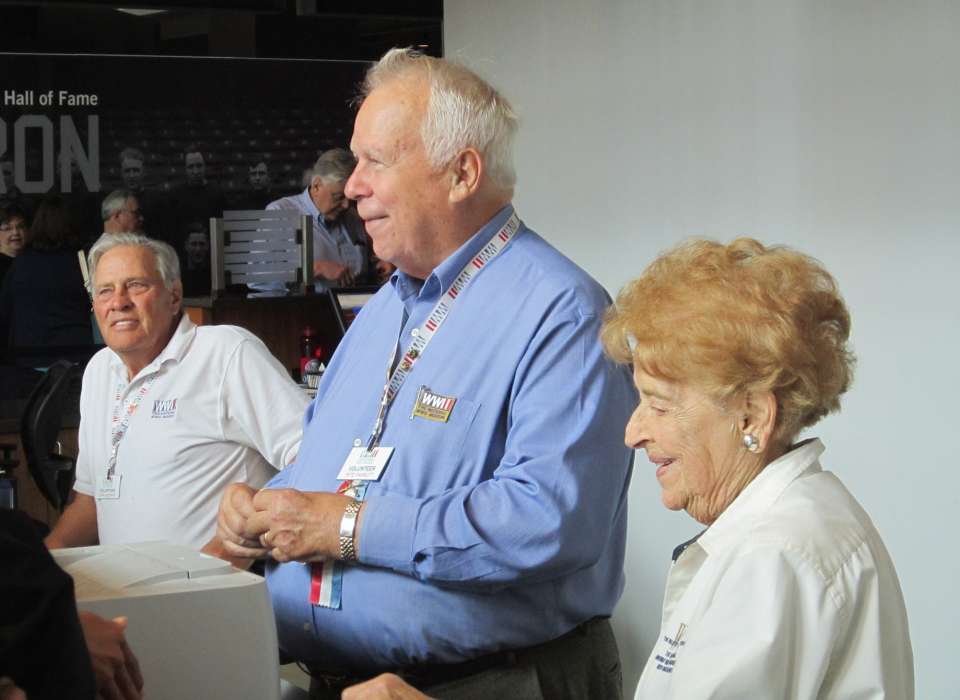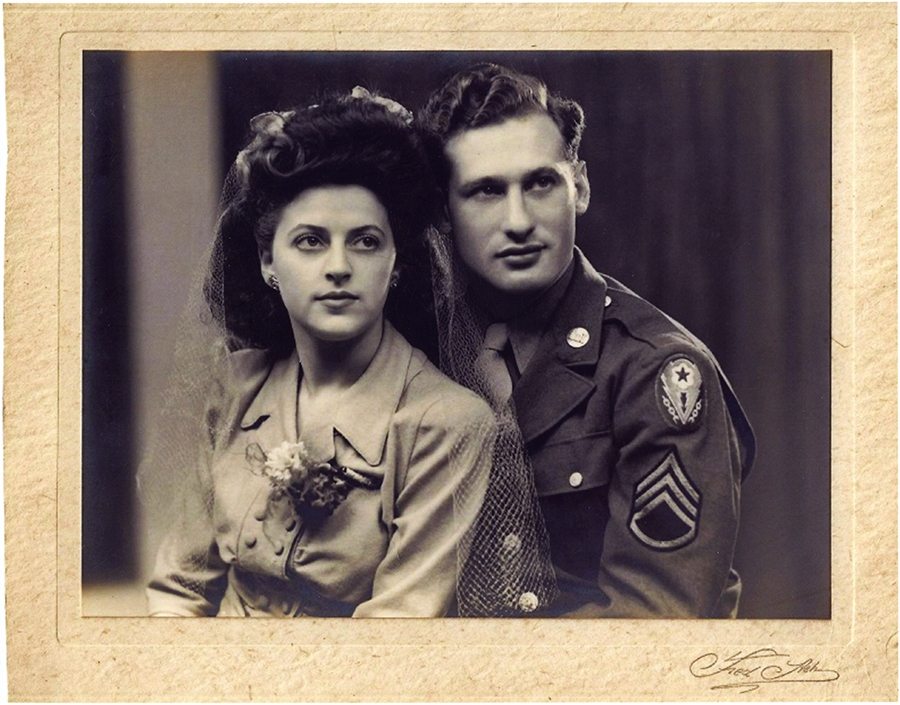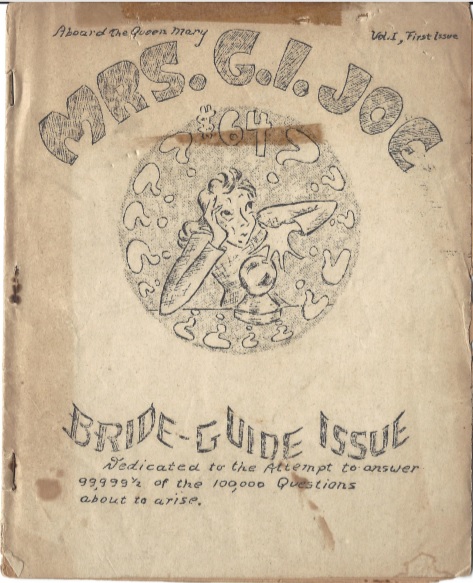In the early days of the Museum, most volunteers had a WWII story, either one of personal service, the service of a loved one, or of a youth spent on the homefront. Some were professional storytellers, leading groups and teaching about their time during the war. Others carried their stories quietly, volunteering and helping out at the Museum however needed—by answering phones, giving directions, and checking bags.
“To me, Pearl was the epitome of graciousness. Every greeting I received, or that I witnessed as she interacted with other staff or guests, was competent, calm and above all, charming! Southern Hospitality at its best!”
Walt Burgoyne, former Assistant Director of Interpretation
Pearl Jacobs Daube, who volunteered from July 2006 to October 2013 and earned 1355 volunteer hours was one such quiet, gentle volunteer. But Pearl’s life was intrinsically shaped by the events leading up to and during World War II. Pearl’s early life was spent far from New Orleans and the Gulf South. Pearl was born in Manchester in 1924, the youngest child of Romanian Jewish parents who emigrated to England sometime prior to World War I. Pearl, sisters Edith and Isabel, and brother Sidney grew up in Manchester and were raised as typical English children. Pearl’s sister Edith was the first woman to serve as a munition’s officer in the ATS (Auxiliary Territorial Service), the women’s auxiliary of the British Army.
“She once scolded me for not remembering to light the Hanukkah candles for all 8 nights and I didn’t even realize that I had been scolded until later because she was so sweet about it.”
Katie Alpert, Director of Volunteer Services
A double date with a young, American Jewish Army officer would change the course of Pearl’s life. In 1944, she met Sgt. Albert Daube. Daube was a supply sergeant whose duties with company laundry took him to Manchester weekly. While there he would manage to visit Pearl, making a favorable impression by always bringing gifts of chocolate and cigarettes. An international courtship blossomed. Albert himself was a newly-minted American citizen. He was a German Jew from Mannheim who managed to join family in the United States in 1937 as a teenage refugee. He finished school at Terrebonne High School in Houma, Louisiana (where his sister lived with her husband) and shortly after was drafted into the US Army, not yet even an American citizen, an event which happened six months later.
Just days after D-Day, Daube joined his unit, the 368th Engineer Regiment, in France. According to son David Daube, Albert proposed, “if I'm able to return alive, let's get married.” As soon as the war ended, Daube requested leave to marry his sweetheart in England. After a small wedding in a courthouse ceremony and two-day honeymoon in London, Albert had to return to his unit and to the United States, forced to leave his non-citizen bride behind. Discharged from the Army in October 1945, Albert had some time to wait before his wife could join him.
The War Brides Acts of 1945 and 1946 allowed for these exceptions to restrictive US immigration laws. In 1946, the RMS Queen Mary, which had transported 765,000 troops in and out of theater during the war, began a series of voyages with other troops, “Mrs. GI Joes,” uniting war brides with their American and Canadian husbands. Pearl was one of nearly 300,000 foreign-born women to join their husbands in the United States after World War II. She sailed for the US aboard the Queen Mary in March 1946. A congratulatory card from the ship’s captain and Pearl’s war bride identification tag will be displayed at the Museum of the Southern Jewish Experience, just blocks from Pearl’s former volunteer post at the National WWII Museum. Per Executive Director Kenneth Hoffman, former Director of Education at the National WWII Museum, they will also display a telegram that Albert prepared for Pearl’s arrival stating “Darling welcome to America...Getting awful impatient. Love, Albert.”
Pearl’s life as a war bride was quite different from what she knew back in England. The Daubes had quite an adventurous life with their family which expanded to include son David and daughter Faye. They settled in New Orleans, then moved to Kingston, Jamaica, then returned to Pearl’s home of Manchester, before returning to New Orleans, where entrepreneurial Al started Sun Finance Co., still operated by the family today.
The wartime romance and the Daubes marriage lasted 68 years before Pearl’s death December 17, 2013. The Museum was built on the contributions of countless volunteers like war bride Pearl Jacobs Daube, who were there to witness and to tell their stories, but who were also available to tell you where to find the “loo.”
Kim Guise
Kimberly Guise holds a BA in German and Judaic Studies from the University of Massachusetts Amherst. She also studied at the Universität Freiburg in Germany and holds a masters in Library and Information Science (MLIS) from Louisiana State University. Kim is fluent in German, reads Yiddish, and specializes in the American prisoner-of-war experience in World War II.



